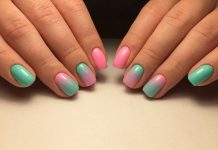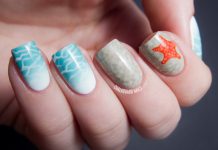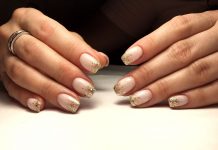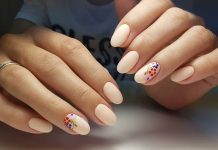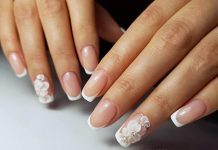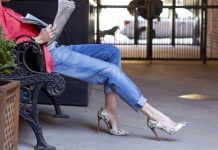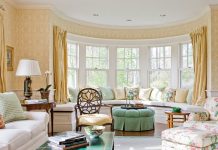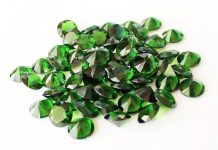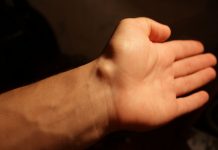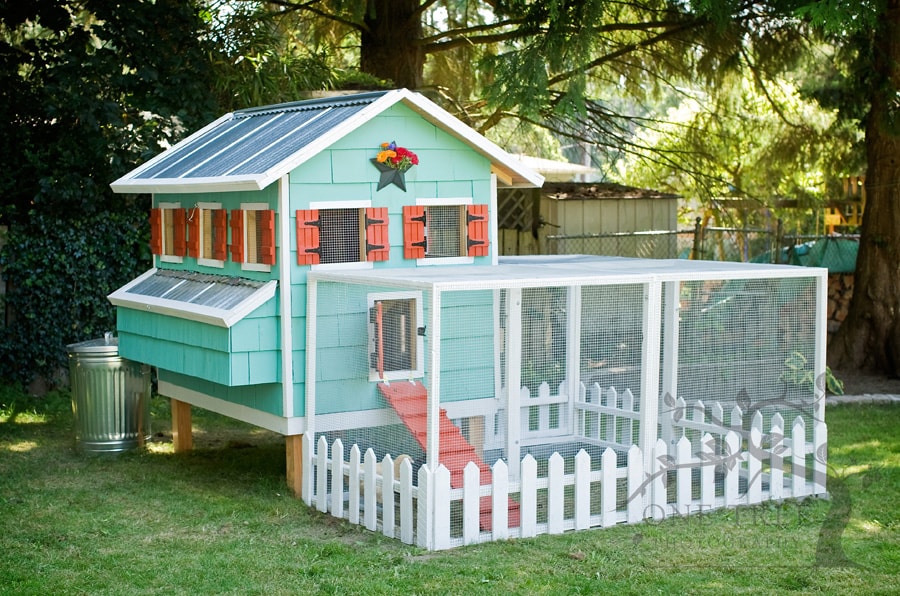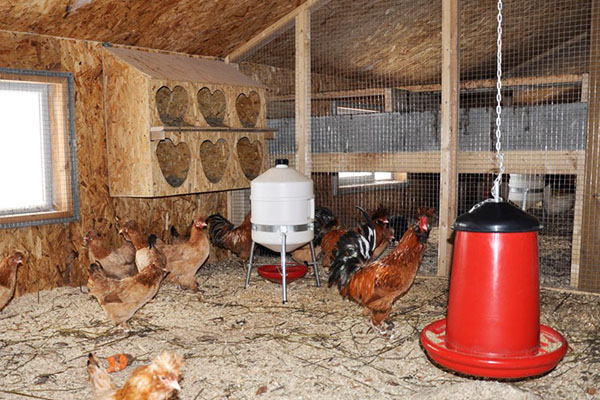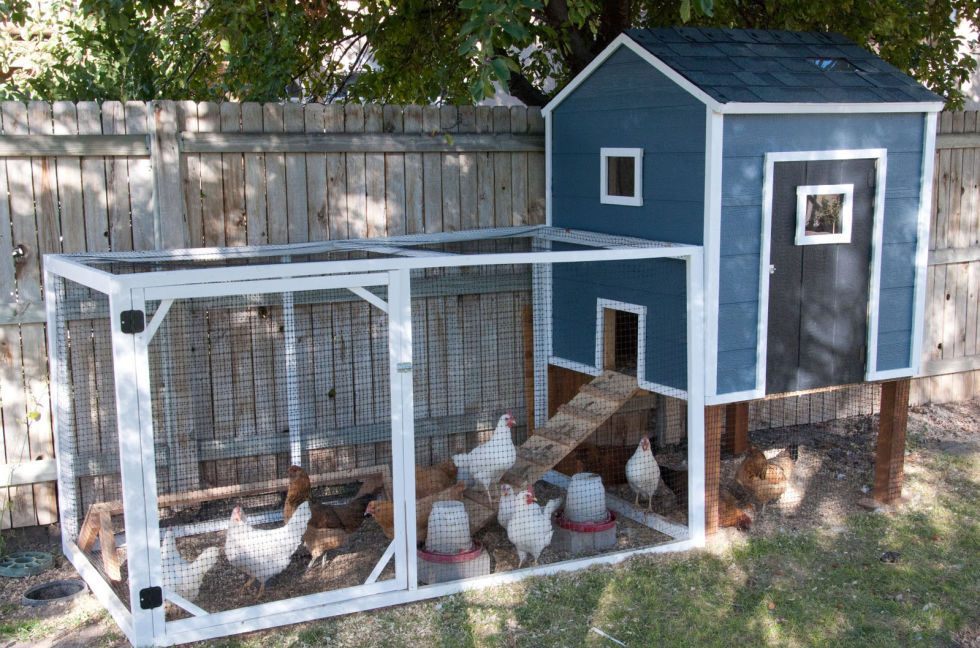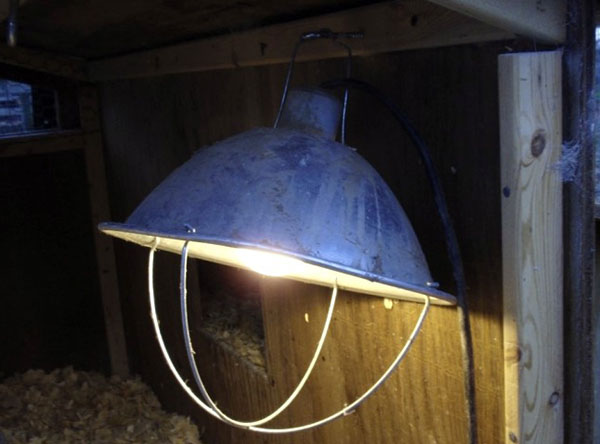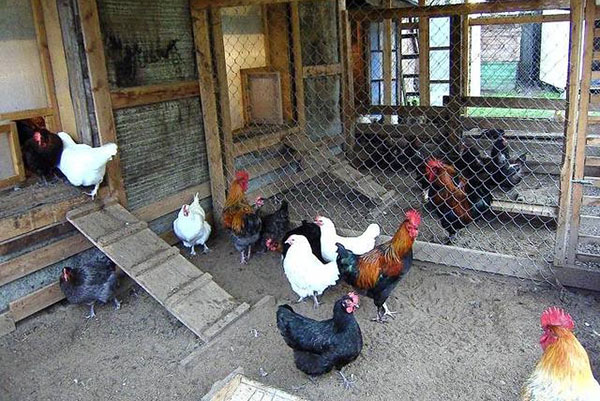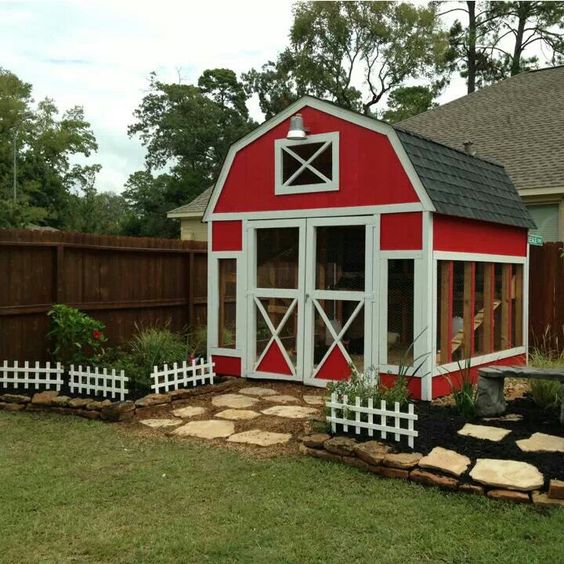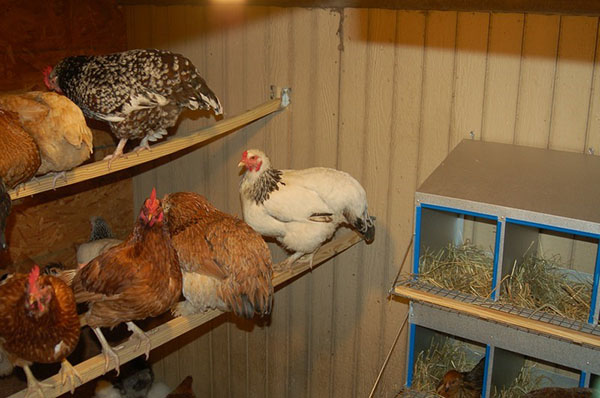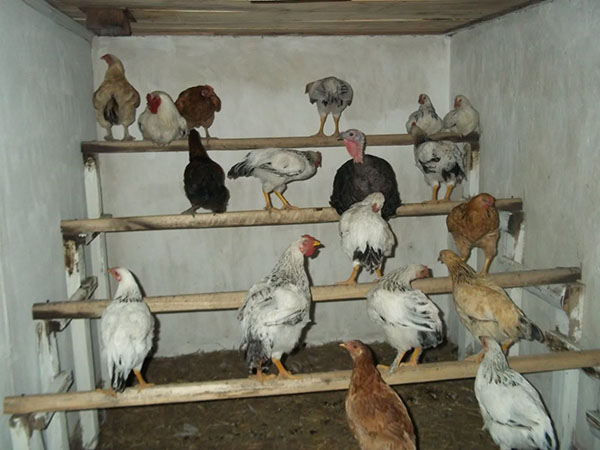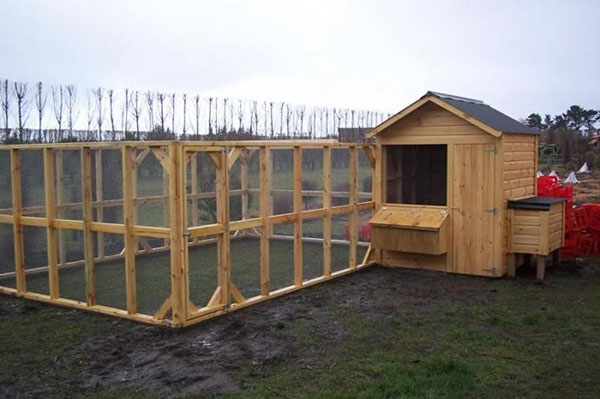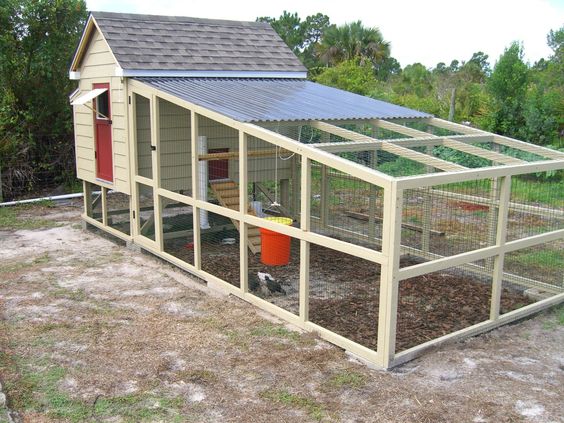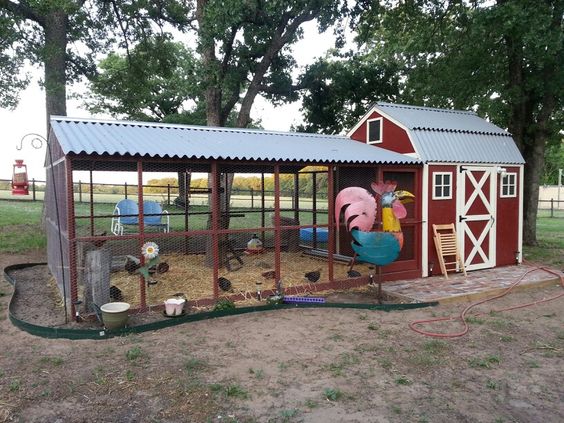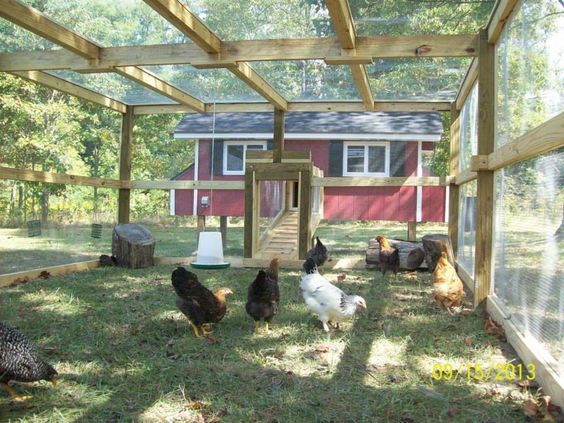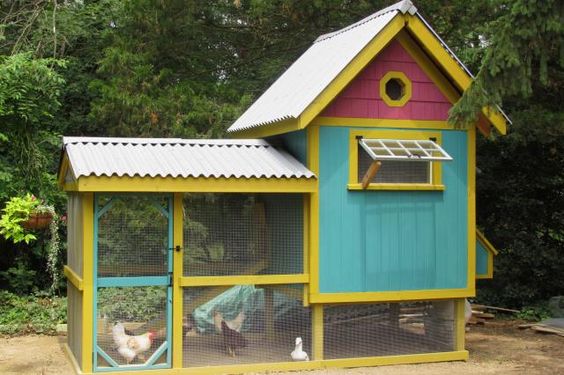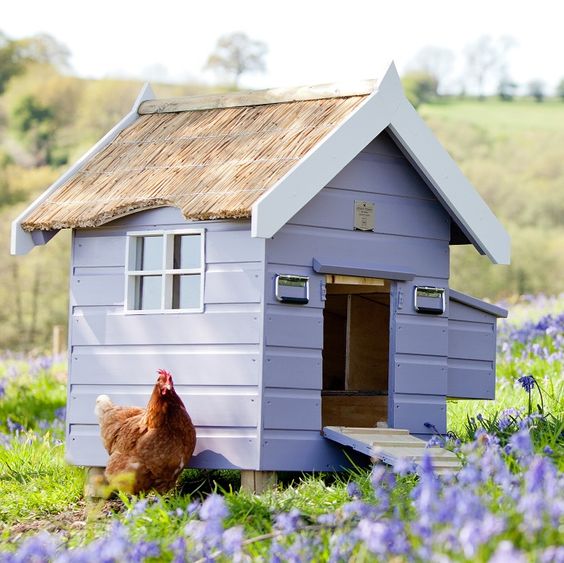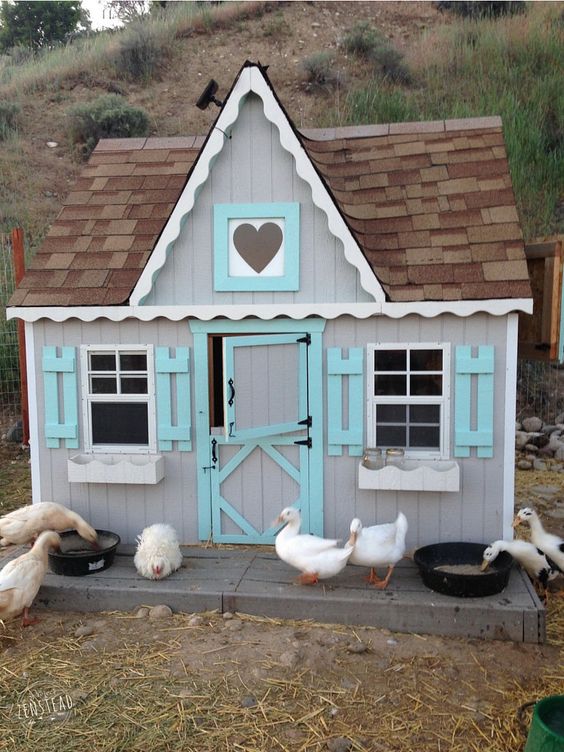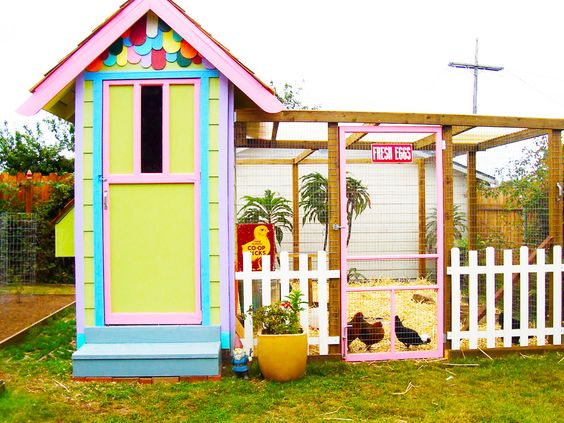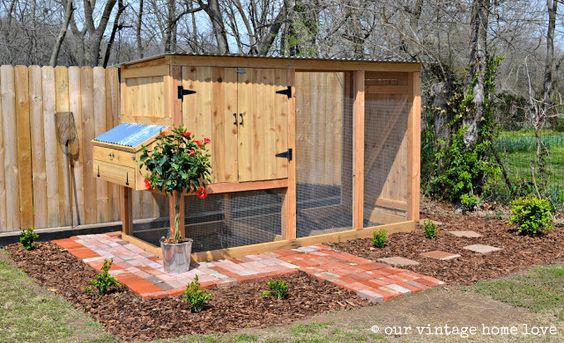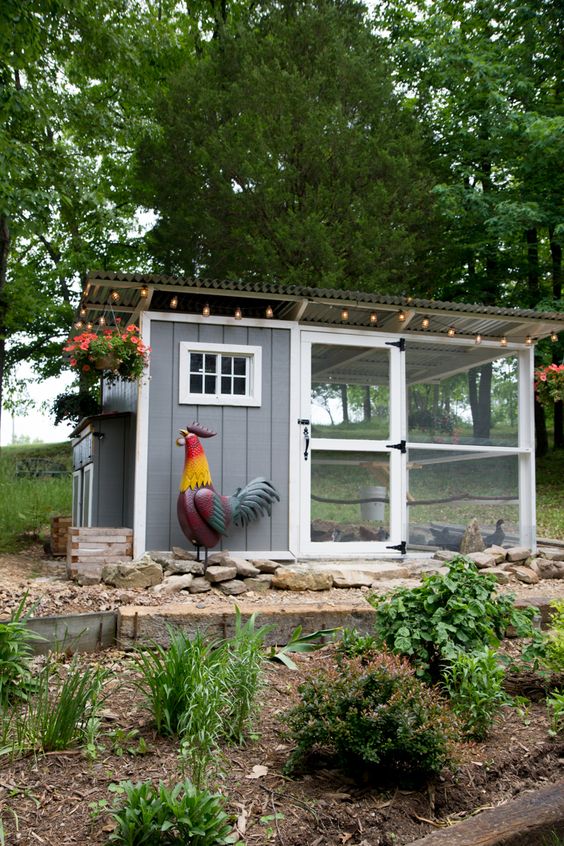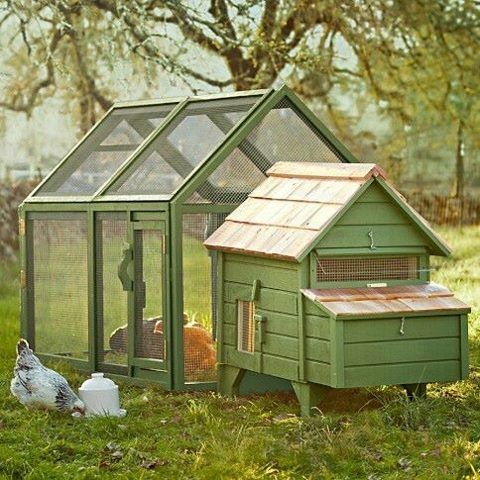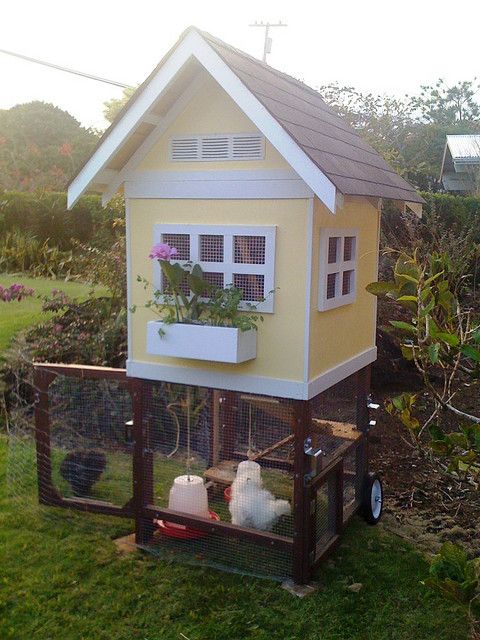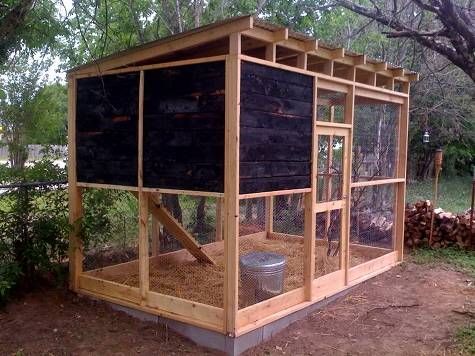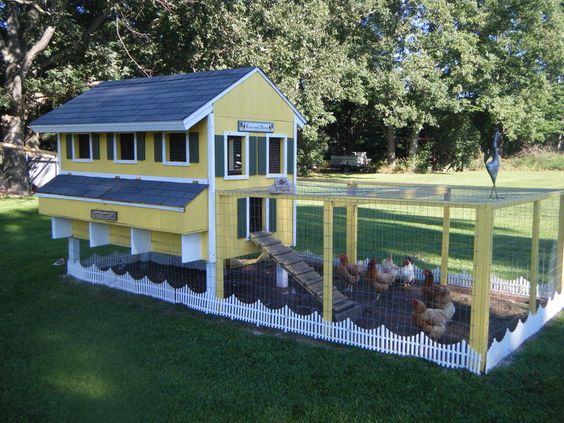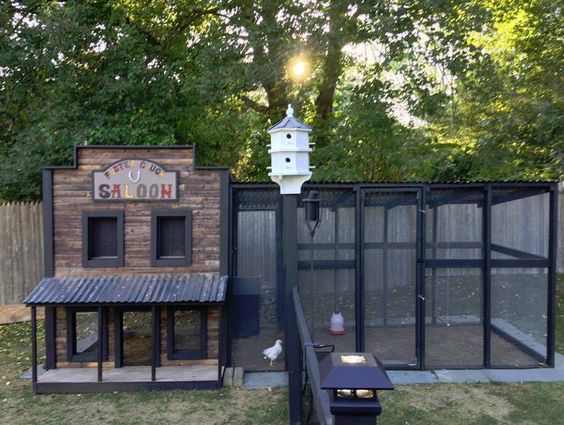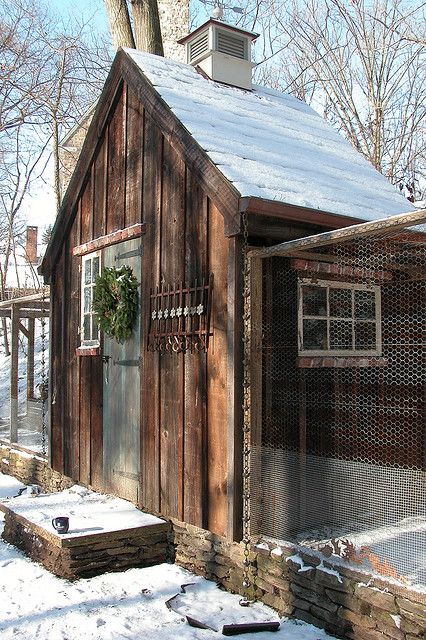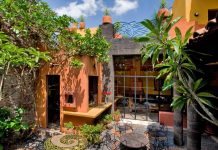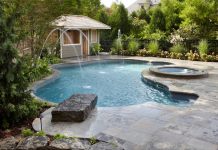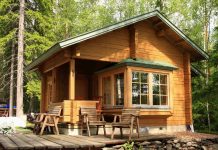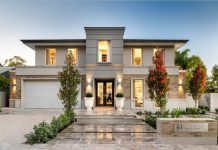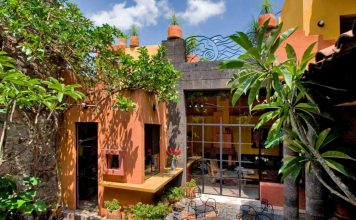To build a chicken coop on the garden today is not difficult. It is enough to have the necessary building materials and drawings of various designs. Visual photos will help those who wish to arrange the chicken coop with their own hands so that the bird's dwelling is as comfortable, safe and carefully planned as possible.
Targets and goals
Before you build a chicken coop or plan the environment inside it, you need to consider:
- age and number of birds;
- the season in which the house will be used;
- the need for regular disinfection and cleaning the hen house.
To maintain stable functioning and the veterinary-hygienic condition of the chicken coop, the poultry farmer must ensure:
- ventilation;
- lighting;
- insulation, waterproofing and heating of the building, especially if the design is designed for the winter period;
- the right materials that are easy to wash and dry.
Before setting up the coop and providing it with feeders, drinkers and perches, you should take care of the optimal microclimate.
Comfortable microclimate in the hen house
The productivity, growth and condition of the bird as a whole depends on many factors: lighting, temperature and air humidity. Even in summer one should maintain a healthy microclimate inside the hen house, provide protection from drafts and moisture. To do this, after assembling the structure and covering the walls, it is necessary to conduct heat and waterproofing of the walls, floor and roof.
Thanks to the materials at hand and small tricks, the arrangement of the house will cost much cheaper. For work, you can take an inexpensive sheet pinoplast, mineral wool and other materials.
If it is planned to keep the bird in the chicken coop only during the warm period, such a construction will prevent drafts and protect chickens from overheating. To build a winter coop in mid-latitude climates, one cannot do with thermal insulation; you also need to think about a heating system. Usually it is autonomous or connected to the home.
Often, poultry farmers use panels or infrared lamps for heating. They are effective, economical, easy to install, they are not irritating to birds and heat not the air itself, but only the area under the infrared radiation zone. Equipping the design with these devices, it is necessary to take into account that there must be a distance of at least 50 cm from them to the bird, and it is better to fence the lamps with protective grid covers.
Ventilation and lighting
Infrared lamps can be used for both heating and lighting. But even the dim light from them is not the best option for a bird at night. For a good rest chickens need to provide darkness.
To save electricity, you can make indoor windows. If you are planning an all-season design, you should take care of durable frames that do not allow cold air.
Good ventilation will prevent an unpleasant smell inside the chicken coop, normalizes the temperature and humidity, which can increase during the active life of the bird.
Floor and walls
In the design of the chicken coop, there must be a door to clean the floor from litter, old bedding and other debris. Before arranging deep bedding of clean dry straw and sawdust, you must first pour a layer of lime on the floor. The litter itself should be at least 10 cm. In the cold season, the layer is made thicker. In process of pollution the old litter is replaced by a new one.
Nests and perches
An important place in the arrangement of the hen house is occupied by nests and roosts. Make them from plywood, boards and other materials. Experienced poultry farmers also often use other items. As such, there may be plastic containers, baskets or buckets that line the litter.
For roosting use bars or poles. The bars of rectangular or square section must be processed - to round the corners, and to polish the surface with emery paper.
Roosts in the first row should be at a height of about 50 cm, on the second and subsequent ones - at a distance of 35 cm from the previous ones. It is important to design the rows so that the birds do not sit above each other. The optimal distance from the wall to the roosts is at least 25 cm.
Arrangement of paddock
For walking chickens together with a chicken coop it is necessary to provide an equipped area. If it is planned to grow poultry in the summer, it should be arranged in such a way that it does not go out on the hot side, but at the same time is not constantly in the shade. You also need to take care of cleanliness and make sure that plants that are dangerous for chickens do not grow on the territory of the pen. And of course, eliminate unpleasant surprises for the bird in the form of unwanted guests.
The corral is constructed from a metal fine-meshed mesh, which, in a tensioned position, is attached to poles located at the corners of the square. The height of the fence is usually at least 2 meters. The grid cell size should be small enough so that the bird does not get stuck in it.
Internal arrangement of the chicken coop: useful tips
Experienced poultry farmers always know a few tricks on the arrangement of practical and convenient chicken coops:
- It is important to track the length of daylight in the chicken house.Excessive light negatively affects the behavior of birds: they show aggression, spoil the eggs in the nests and peck smaller relatives;
- nests on the same level with sex are not the best option, since more cunning individuals will surely adjust them to sleep;
- for greater egg production, it is enough to place the nests in the shaded corner;
- perches correctly positioned ledges on the wall on the opposite side of the nests;
- to make it easy for chickens to climb onto the top of nests and roosts, stairs and inclined ladders are set for them;
- feeders and drinkers should be arranged above the level of the floor so that the birds are comfortable using them, but at the same time they could not get into the water or feed;
- it is best to place the drinkers and feeders closer to the wall between the perches and the nests. They must be in sight of all the inhabitants of the coop.
More interesting examples of chicken coop designs are presented in the following photos.


